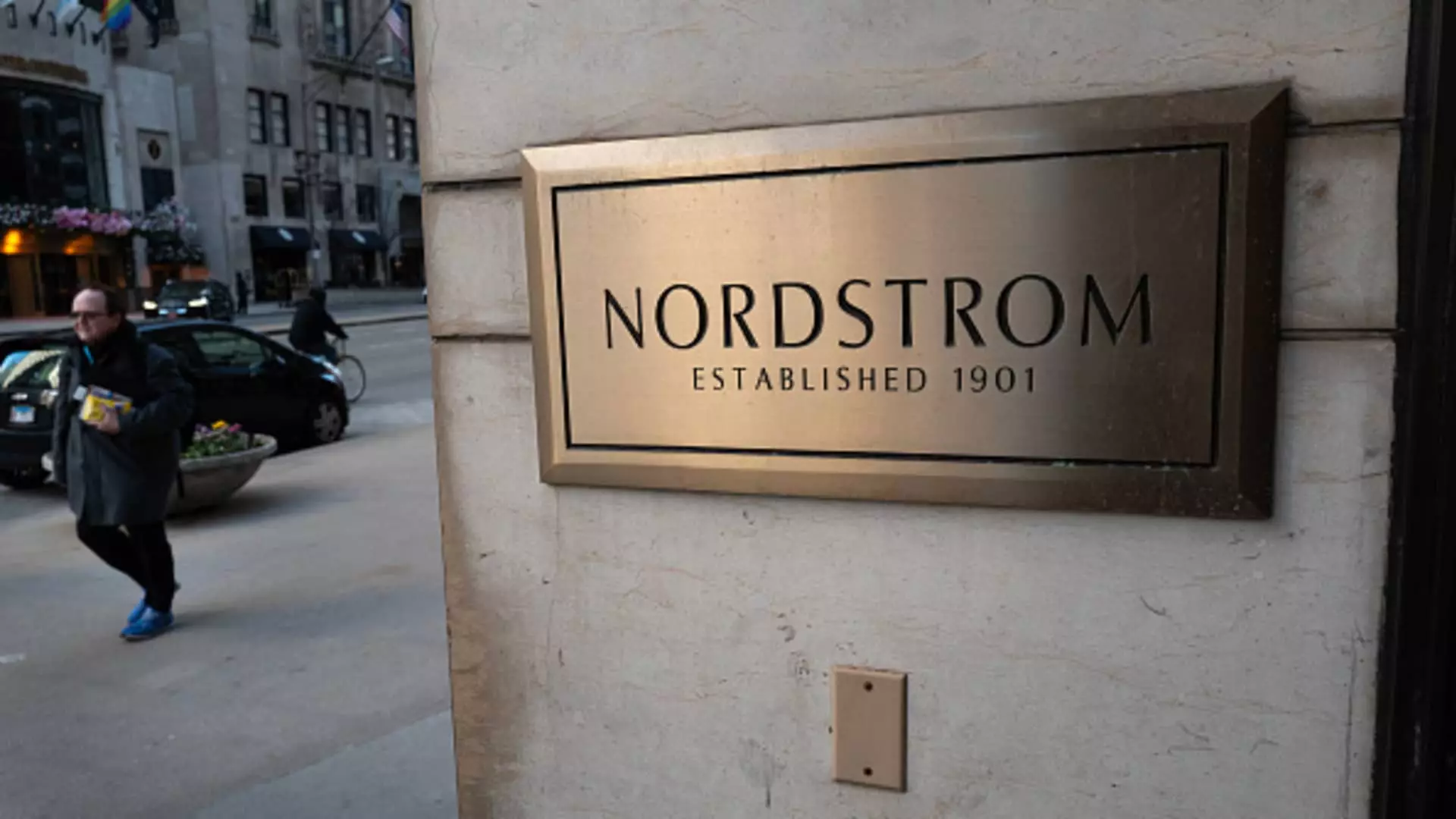In a significant strategic shift, Nordstrom has announced its agreement to become a private entity, marking a pivotal moment in the company’s trajectory after over a century in the retail sector. The buyout deal, valued at approximately $6.25 billion, involves the founding Nordstrom family and the Mexican department store chain, El Puerto de Liverpool. The unanimous decision by the board of directors is set to finalize in the first half of 2025, establishing the Nordstrom family as majority owners with 50.1% while El Puerto de Liverpool will acquire the remaining 49.9%.
Under the terms of this deal, commonly held shares will be purchased at $24.25 each, signaling a notable financial return for shareholders amidst the evolving dynamics of the retail market. As the retail landscape is increasingly influenced by changing consumer habits, this move provides an avenue for Nordstrom to solidify its business model and adapt without the constraints that typically accompany public ownership. The announcement sparked a modest decline in stock prices initially, yet the surging shares since a Reuters report on a potential takeover reflect investor enthusiasm for private ownership.
Founded as a modest shoe store in 1901, Nordstrom has since evolved into a comprehensive department store, catering to a variety of consumer needs across more than 350 locations, including Nordstrom Rack and Nordstrom Local. This transformation signifies not only the growth of the business but also a potential shift in its operational philosophy as it pivots into private hands. The Nordstrom family’s statement echoes a commitment to continuity and customer satisfaction, as CEO Erik Nordstrom emphasizes a focus on helping customers look and feel their best, a core value of the company’s long-standing mission.
Despite recent positive sales reports, the broader retail environment poses significant challenges. Strengthening competition from brands like Walmart and Target, coupled with a noted shift in consumer spending from discretionary goods, foreshadows a complicated road ahead. Nordstrom has experienced pressure on sales forecasts, particularly during critical shopping seasons, as consumers are increasingly selective about their purchases. While the company managed to exceed Wall Street expectations in November with a modest revenue increase of 4% year-over-year, forecasts suggested a cautious outlook for the holiday season.
The transition to private ownership represents both an opportunity and a challenge for Nordstrom. With new leadership dynamics and a fresh corporate strategy, the company aims to navigate the evolving landscape of retail more nimbly. By shedding some public scrutiny, Nordstrom can refocus its efforts on long-term growth and customer engagement strategies tailored to today’s market realities. As this chapter unfolds, all eyes will be on how Nordstrom leverages this new ownership structure to thrive and maintain its legacy in the competitive retail sphere.

